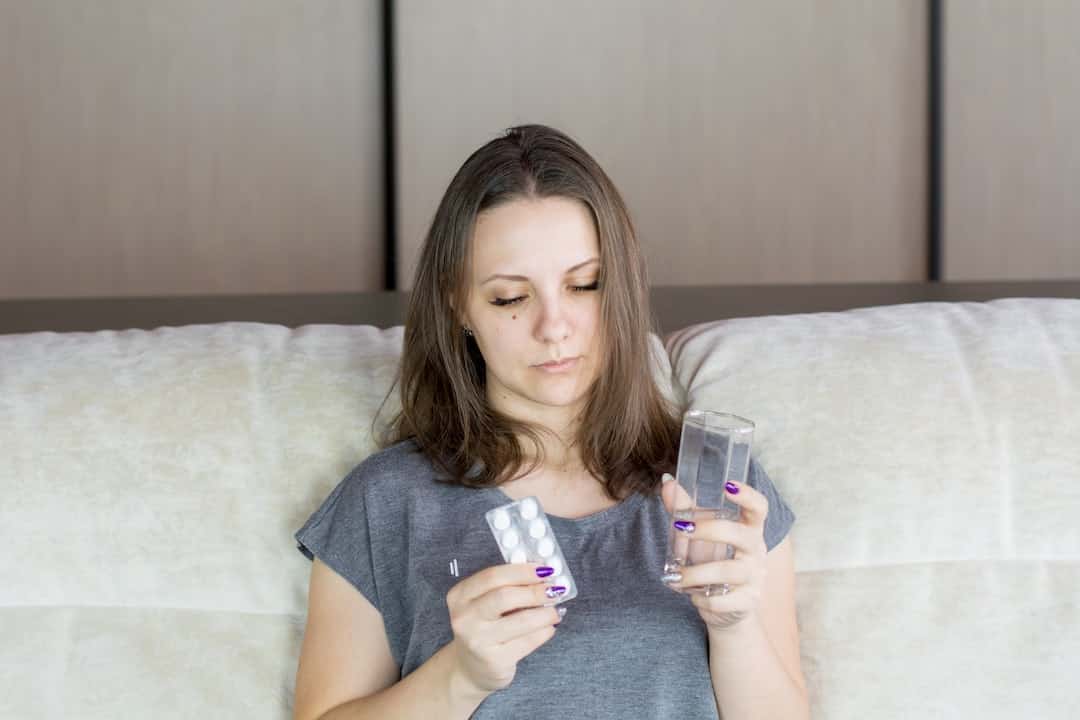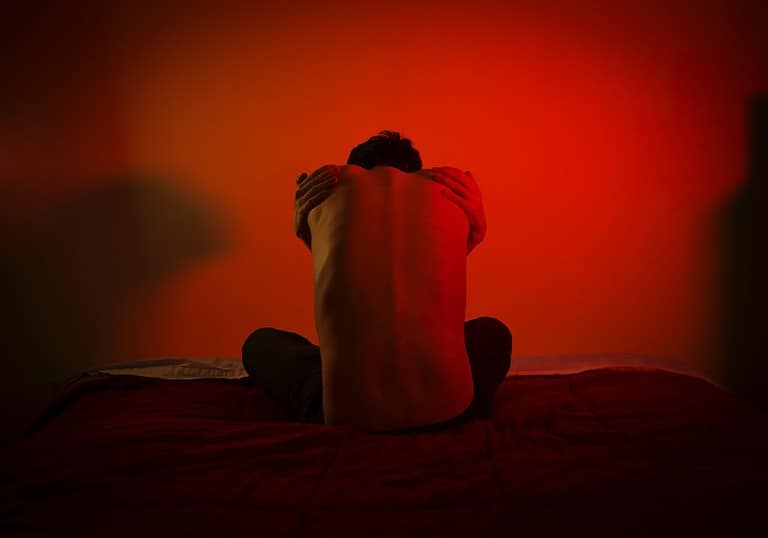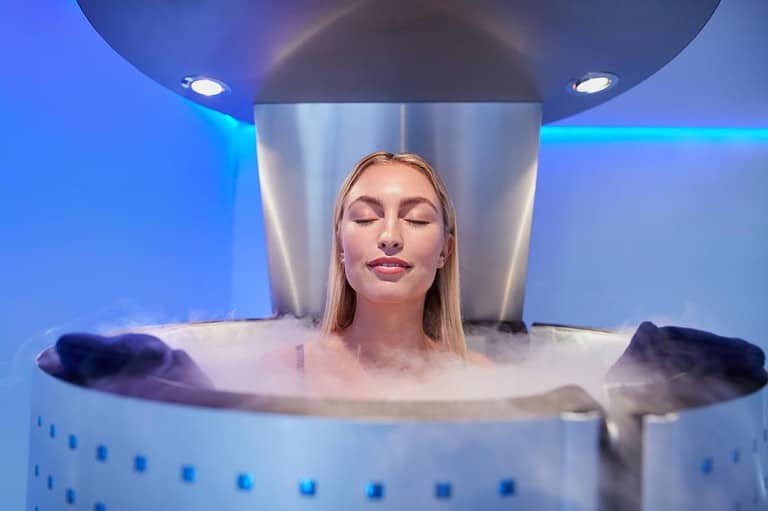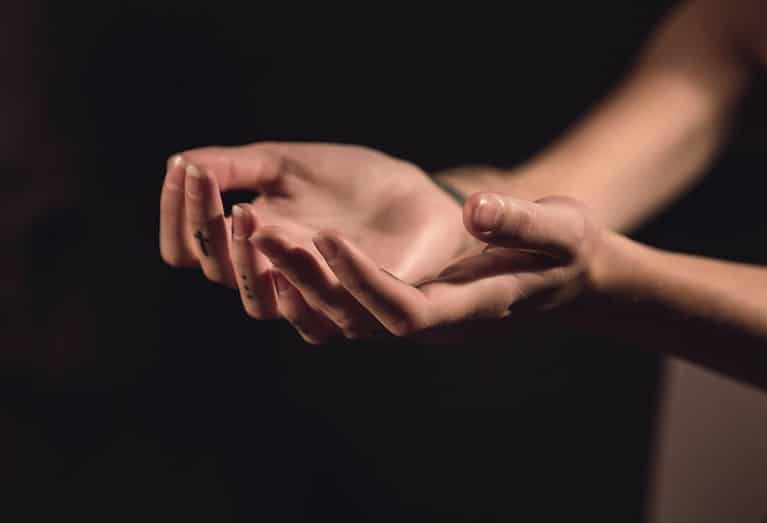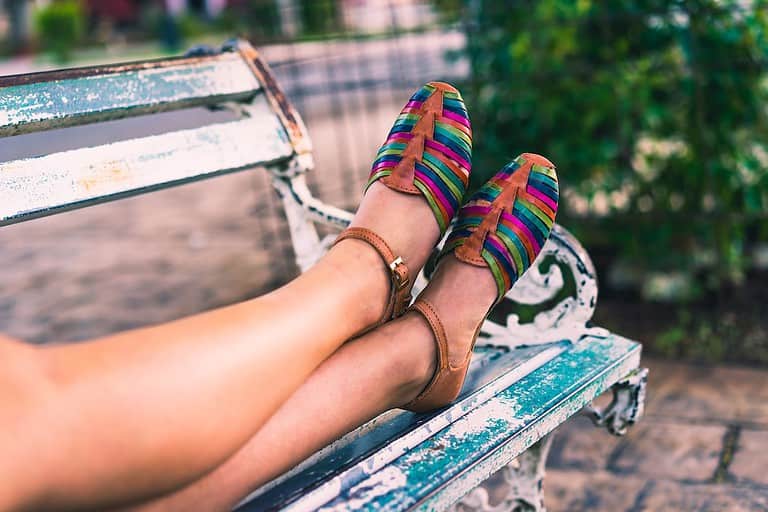Can Red Light Therapy Cause Cold Sores? What You Should Know
Have you ever wondered if can red light therapy cause cold sores? Red light therapy is becoming increasingly popular for its many health benefits, but there are some risks that come with it. While the risk of developing a cold sore from red light therapy is low, it’s still important to understand how this type of treatment could potentially lead to one and what steps should be taken in order to prevent any potential outbreaks.
In this article we will explore the question: Can red light therapy cause cold sores? We’ll also discuss how to prevent them and when medical attention may be necessary after undergoing such treatments.
Table of Contents
Red Light Therapy for Cold Sores
Can red light therapy cause cold sores? The simple answer is no, in fact, some studies advocate the use of RLT to treat cold sores.
Red light therapy is a gentle, non-invasive technique that employs low amounts of red and near-infrared radiation to handle several dermal ailments, such as HSV-1 causing cold sores. Low-level laser therapy (LLLT) using LED panels has been proven to be an effective treatment option for recurrent cold sores in clinical trials conducted in Austria.
How does red light therapy work? Red light therapy works by stimulating the body’s cells with infrared wavelengths which helps reduce inflammation and promote wound healing. This allows the immune system to better fight off HSV-1 infection and improve healing time for cold sores.

(Source)
The anti-inflammatory effects also help reduce pain associated with HSV infections like herpes labialis or herpes simplex labialis. In addition, laser med sci research shows that LLLT increases collagen production which can further aid in the healing process.
Low-level laser/light therapies have been shown to be as effective as medicinal creams at treating cold sore outbreaks without any side effects or risks associated with UV radiation exposure during treatment like you would get from natural sunlight. Furthermore, studies show that this type of transcranial photobiomodulation may even reduce future outbreaks due to its anti-inflammatory properties which inhibit viral replication while strengthening your immune system response against HSV infections over time.
There are no known risks associated with red/near-infrared wavelength treatments when used on healthy individuals who suffer from recurrent cold sores caused by HSV infections such as herpes labialis or herpes simplex labialis.
Red light therapy, using LED panels for low-level illumination, is a secure and successful method of treating cold sores; however, it’s essential to recognize the distinctions between natural sunlight and blue-light wavelength. Moving on, let us explore the benefits of natural sunlight versus blue light therapy in treating cold sores.
Natural Sunlight vs Blue Light Therapy
Sunlight and blue-hued luminescence have been identified as two commonplace treatments for HSV-1-induced cold sores. Both have been shown to reduce inflammation, improve healing time, and even prevent recurrent outbreaks. But which one is more effective?
UV rays from the sun may help to quicken the healing of cold sores by inducing an immune reaction in our skin cells against HSV-1; yet, care must be taken since too much exposure can lead to sunburns and potential harm over time.
On the other hand, LED panels emit a specific wavelength of blue light known as “low-level laser therapy” or “near-infrared light” that has been found to be highly effective at treating HSV-1 infections such as cold sores. The low-energy emission of this wavelength allows it to reach deeper into the skin without causing any damage or discomfort, yet still providing anti-inflammatory effects akin to those from natural sunlight. Research has further proposed that near-infrared radiation may activate certain cellular activities connected to healing wounds and boosting the general well-being of our immune system.
It is important however that individuals always seek professional medical advice before beginning any kind of photobiomodulation therapy as individual differences among patients’ physical condition and medication history could influence its effectiveness against HSV-1 infections such as cold sores.
Preventing Future Outbreaks
Herpes labialis, caused by HSV-1, can manifest as painful and unsightly lesions. To minimize their impact on our lives, it is important to identify and avoid potential triggers of cold sores. Common cold sore triggers include stress, sunburns, hormonal changes, fatigue, trauma to the area of infection, or a weakened immune system.

(Source)
Studies have indicated that utilizing red light treatments can diminish the irritation related to cold sores and also quicken recuperation times for those experiencing successive flare-ups. Blue light wavelength has also been used in the treatment of bacterial skin infections like acne but its effectiveness against HSV-1 remains unknown at this time. While natural sunlight may have some benefits when it comes to alleviating symptoms during an outbreak; exposure to UV radiation should be avoided since too much exposure can cause further damage leading to more frequent recurrences of symptoms.
Taking steps such as avoiding common triggers mentioned above along with using red light therapy devices combined with topical application of lemon extract will ensure you stay ahead of any potential future outbreaks before they start, giving you peace of mind for yourself and your family members.
FAQs in Relation to Can Red Light Therapy Cause Cold Sores
What can trigger cold sores?
Cold sores are caused by the herpes simplex virus (HSV). Stress, fatigue, hormonal fluctuations, sun exposure, and specific edibles such as nuts, chocolate, and coffee can all serve to set off a cold-sore outbreak.
Other potential triggers include skin trauma or irritation from dental work or other sources of friction on the lips. In some cases, cold sores can also be triggered by a weakened immune system.
Does red light therapy make cold sores worse?
No, red light therapy does not make cold sores worse nor can red light therapy cause cold sores. Research has demonstrated that red light therapy can diminish the seriousness and length of cold sore-related symptoms.
Red light therapy works by activating photoreceptors in skin cells that promote healing and reduce inflammation. This helps to speed up the recovery process from a cold-sore outbreak and can even help prevent future outbreaks from occurring.
Can UV light trigger cold sores?
No, UV light does not trigger cold sores. While sunburns may make cold sores worse if they are already present, UV light itself will not cause them in the first place.
Conclusion
In conclusion, several factors such as herpes simplex virus (HSV), stress, fatigue, hormonal fluctuations, sun exposure, and specific edibles may cause or trigger cold sores. Certain studies show the use of Red Light Therapy as a way to reduce and prevent outbreaks of Cold Sores. By understanding the possible risks involved in using red light therapy, you can make an informed decision on whether or not this form of treatment is right for you and your family’s needs when considering “can red light therapy cause cold sores?”.
Take control of your health and well-being with Smart Living Now. Learn more about how red light therapy can help you achieve better overall wellness, without the risk of causing cold sores.

